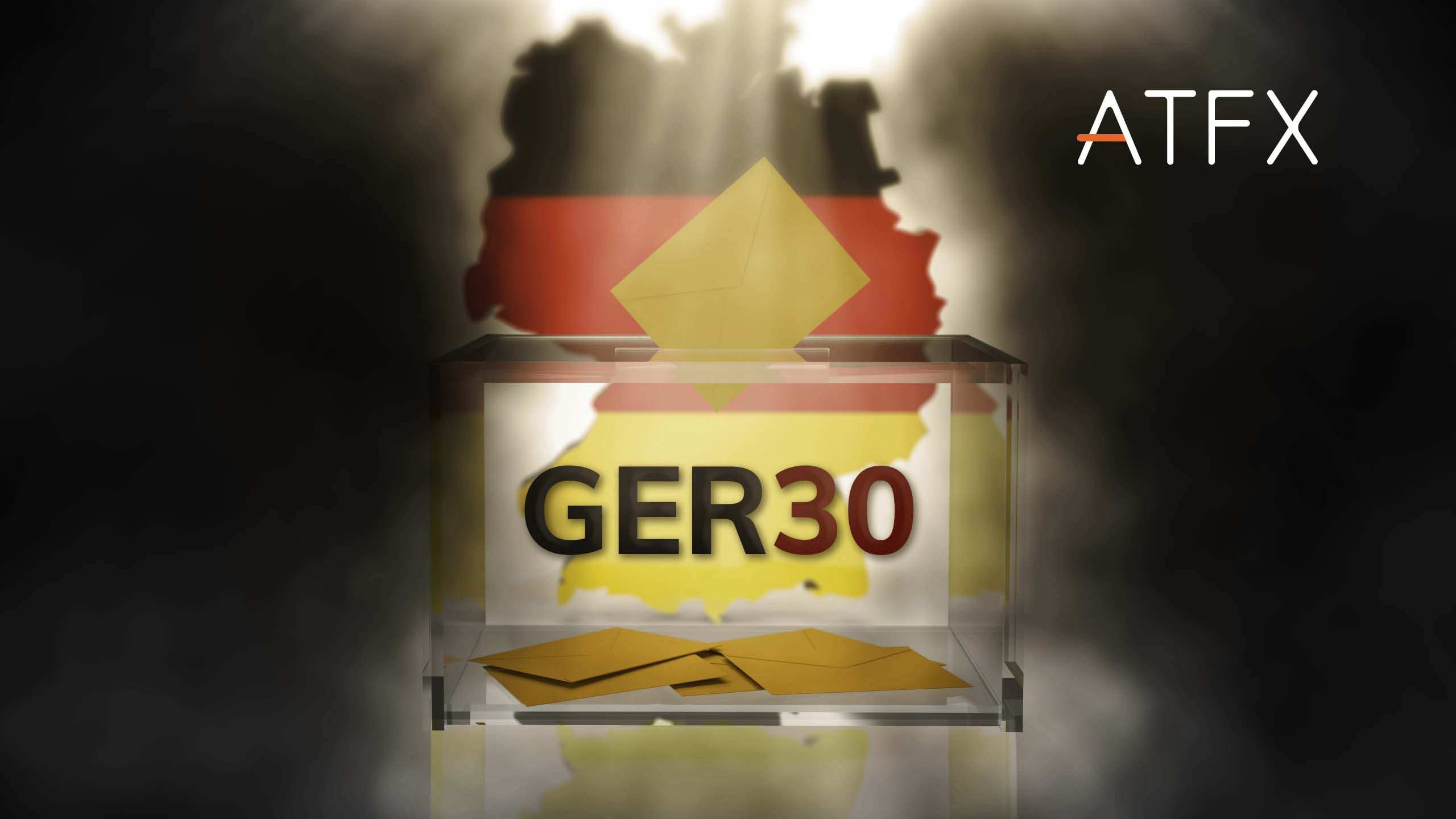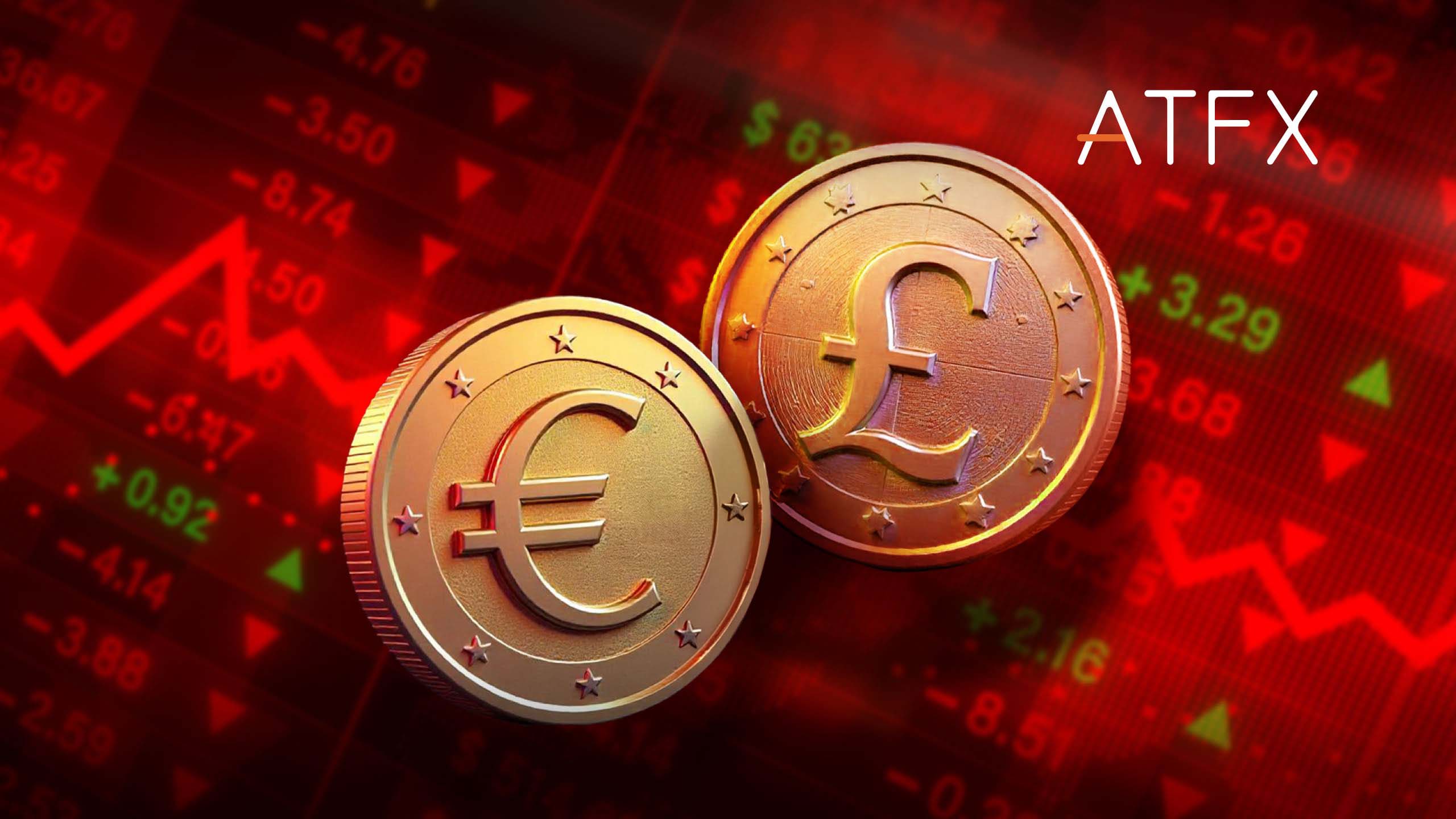Gold prices dipped on Friday, marking a lower weekly close as rising US Treasury yields and the Federal Reserve’s hawkish stance overshadowed the yellow metal. Spot gold declined by 0.7% to $2,614.40 per ounce, while February gold futures slipped 0.9%, settling at $2,630.36 per ounce.
The trading atmosphere remained subdued, with many institutional investors winding down for the holiday season. The year-end slowdown typically results in thinner trading volumes and muted price activity. Additionally, the lack of significant economic data or major policy announcements toward the year’s end often limits market catalysts.
Despite Friday’s dip, gold was still on track to inch up by 0.3% for the week, recovering slightly from a 1% decline in the previous week. However, a stronger US dollar bolstered by the Fed’s reaffirmation of restrictive monetary policy continues to weigh heavily on gold’s performance.
Rising Yields Push Gold Prices Down
The US Dollar Index softened slightly on Friday, retracting overnight gains but remained near its two-year high. However, sharply higher Treasury yields outpaced any potential boost from the dollar’s weakness, keeping gold under pressure.
Typically, gold prices benefit from a weaker dollar, as it makes the metal more affordable for international buyers. However, higher interest rates, spurred by hawkish Fed policy, make interest-bearing assets like bonds more appealing than non-yielding gold, leading to sustained downward pressure.
This week’s gold decline followed the Federal Reserve’s revised projections of only two interest rate cuts in 2025, down from the previously anticipated four. The adjustment signaled the Fed’s intent to maintain tighter monetary policy for longer, reinforcing an environment less favorable for gold.
Other precious metals mirrored gold’s downward trajectory. Platinum futures plunged by 3.6% to $919.90 per ounce, while silver futures dropped 1.5% to $29.935 per ounce.
Copper Gains on Supply Constraints but Faces Dollar Headwinds
Meanwhile, industrial metals like copper saw mixed performance. Copper prices edged higher after reports highlighted a continued shortage of copper concentrates in China. Reuters revealed that leading Chinese copper smelters have reduced their processing charge guidance for the first quarter of 2025, reflecting tightening supply. The new treatment and refining rates were set at $25 per metric ton and 2.5 cents per pound, significantly lower than the fourth-quarter figures of $35 per ton and 3.5 cents per pound.
This supply constraint drove benchmark copper futures on the London Metal Exchange up 0.4%, closing at $8,995.00 per ton. However, February copper futures fell slightly by 0.1% to $4.1242 per pound, as a strong dollar capped potential gains.
Although supply shortages suggest potential support for copper prices in the coming months, the robust dollar continues to challenge the broader industrial metals market, limiting immediate upside potential.
Outlook: As 2024 concludes, gold and other precious metals may remain vulnerable to fluctuations in Treasury yields and the dollar. Meanwhile, copper and other industrial metals will likely hinge on global supply-demand dynamics, particularly in key markets like China.


